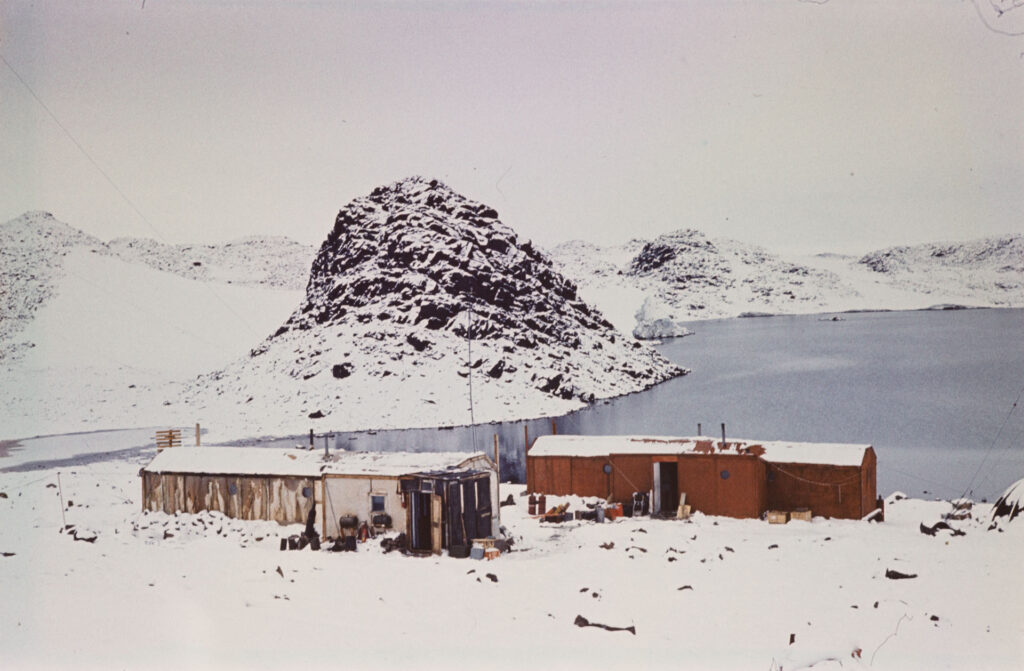Polish Antarctic Station named ‘Antoni Bolesław Dobrowolski Station’ is the oldest Polish research facility in Antarctica and the only one located in on the continent.
The station was built in 1957 by the Soviet Union and donated to Poland as an Oazis Station in December 1958. Its acquisition by the Polish Academy of Sciences took place in January 1959. At that time, it was renamed to the A.B. Dobrowolski Station.
In 1991, the facility was lent to the Institute of Geophysics of the Polish Academy of Sciences (IGF PAN) for the purpose of carrying out its scientific activities. In 2019, the Ministry of Science and Higher Education granted IG PAS funds for the revitalization of the Station.

Geographic location
The Station is located at the Bunger Oasis of Wilkes Land in East Antarctica at the shore of Algae Lake, about 130 km south of the edge of the Shackleton Glacier Shelf. It is an archipelago of saltwater and freshwater lakes likely to connect to the Southern Ocean under the Shackleton Glacier. The rocky oasis is one of the largest (approx. 1000 km2) of very few non-ice areas in Antarctica. Its discovery in 1947 by a squadron of reconnaissance aircraft under the command of David E. Bunger was a world sensation. Coordinates: 66°16′29″S 100°45′00″E.
Characteristics and research potential
Due to the climatic and geomorphological characteristics, the Bunger Oasis is a unique place on Earth, often treated as a Martian analogue. The mysterious nature of its genesis, the proximity of the magnetic south pole, direct access to the geological basis of the continent and the possibility of conducting research in an unpolluted natural environment make this place one of the most scientifically attractive areas in Antarctica.
Demanding environmental conditions of the Bunger Oasis create opportunities for testing both innovative sources of energy supply to scientific equipment and telecommunications techniques for transmitting measurement data. The area is therefore an excellent training ground for cooperation between science and companies developing technologies for the construction of renewable energy sources and teletransmission systems.
Planned scientific activities
Due to the inhospitality of this place, it is planned to erect year-round, autonomous in terms of power and automatic geophysical stations (seismic, magnetic), which will allow the study of the deep structures of the Earth and the generation process of the Earth’s magnetic field. There are plans to set up an antenna for ionosphere research, the condition of which, like the image of the magnetosphere, will allow for better forecasting of space weather, which does not seem to be unaffected by climate change. Geological and geochemical studies together with monitoring of geomorphological, hydrological and glaciological processes that reflect changes in the polar systems will also be carried out.
Poland’s return to Bunger’s Oasis and re-use of the A.B. Dobrowolski creates for our country new opportunities for the development of frontline research techniques and modern technologies related to them.



